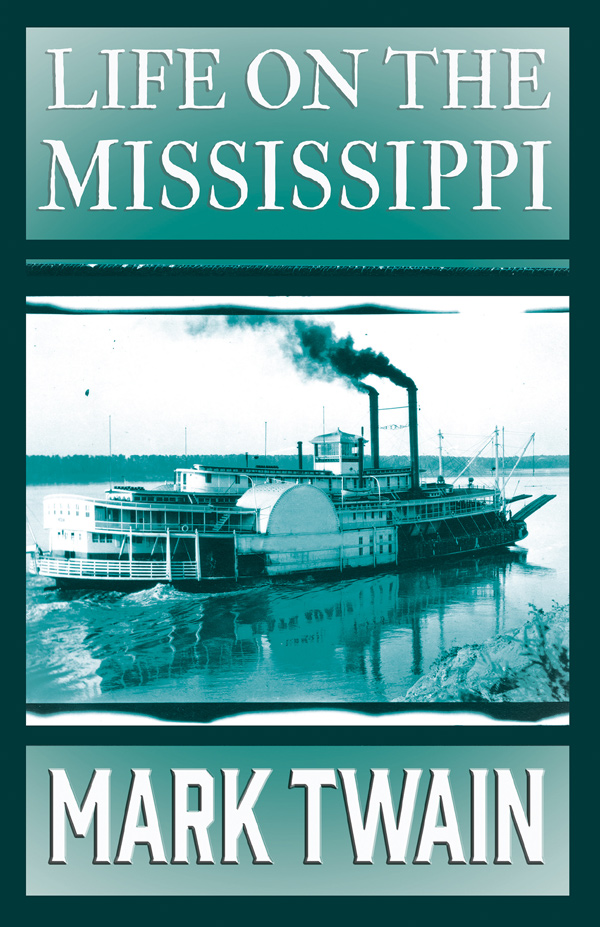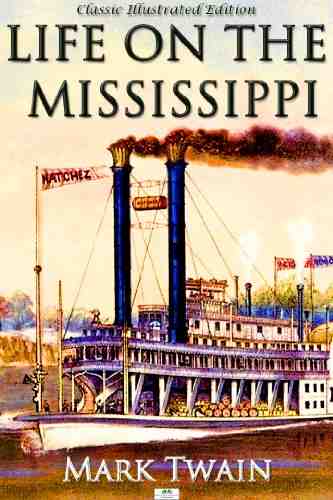

He also tells some stories that are most likely tall tales. He describes the competition from railroads, and the new, large cities, and adds his observations on greed, gullibility, tragedy, and bad architecture. Louis to New Orleans, shortly followed by a steamboat journey from New Orleans to St Paul (with a stop at his boyhood home town of Hannibal, MO). In the second half, Twain narrates his trip many years later on a steamboat from St. Although Twain was actually 21 when he began his training, he uses artistic license to make himself seem somewhat younger, referring to himself as a "fledgling" and a "boy" who "ran away from home" to seek his fortune on the river, and playing up his own callowness and naïveté. He describes, with great affection, the science of navigating the ever-changing Mississippi River in a section that was first published in 1876, entitled "Old Times on the Mississippi". It continues with anecdotes of Twain's training as a steamboat pilot, as the 'cub' (apprentice) of an experienced pilot, Horace E. The book begins with a brief history of the river as reported by Europeans and Americans, beginning with the Spanish explorer Hernando de Soto in 1542. Louis to New Orleans and then from New Orleans to Saint Paul many years after the war. It is also a travel book, recounting his trips on the Mississippi River from St.


Life on the Mississippi (1883) is a memoir by Mark Twain of his days as a steamboat pilot on the Mississippi River before the American Civil War.


 0 kommentar(er)
0 kommentar(er)
